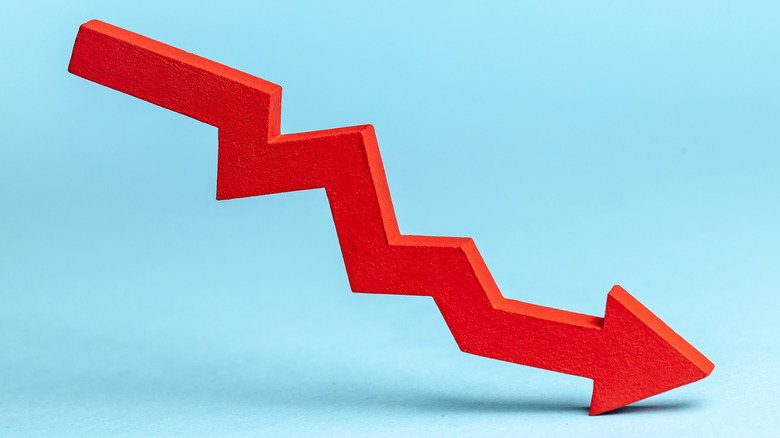The US Has Entered A 'Transition Phase' Of The Pandemic. Here's What It Means
After more than two years since the first case of COVID-19 was reported in the United States, it appears that the country is finally moving out of the pandemic phase. Dr. Anthony Fauci, director of the National Institute of Allergy and Infectious Diseases and the Chief Medical Advisor to the President, made the announcement during a PBS NewsHour interview on Tuesday.
"We are certainly right now in this country out of the pandemic phase," Fauci said when asked about the Centers for Disease Control and Prevention (CDC) report that showed that 57.7% of adults and 75.2% of children in the U.S. had been infected with the virus, numbers that suggest the population has achieved a high level of immunity. This does not mean that we won't see any more cases of COVID-19 or its variants, but it does indicate that immunity, along with vaccinations, are preventing the high numbers of hospitalizations and severe illness that the country experienced in the early phases of the pandemic (via The Washington Post).
The number of infections is dropping
In an interview with The Washington Post on Wednesday, Fauci expounded on his remarks, saying that the country was in what he would describe as a "transitional phase," meaning that the virus is more under control than it has been. He also explained that the pandemic is not over, and the U.S. might still see waves of infections with new variants.
Fauci explained that while the country might be out of the pandemic phase, that does not mean that the virus has been eradicated. It simply means that the country is seeing fewer infections. The hope is that the population has built up enough herd immunity to avoid another full-blown pandemic. Fauci told PBS that if the country can keep the number of cases low and continue vaccinating people, we might be able to stay out of a pandemic phase in the future. He added the world, however, was still in a pandemic phase.


